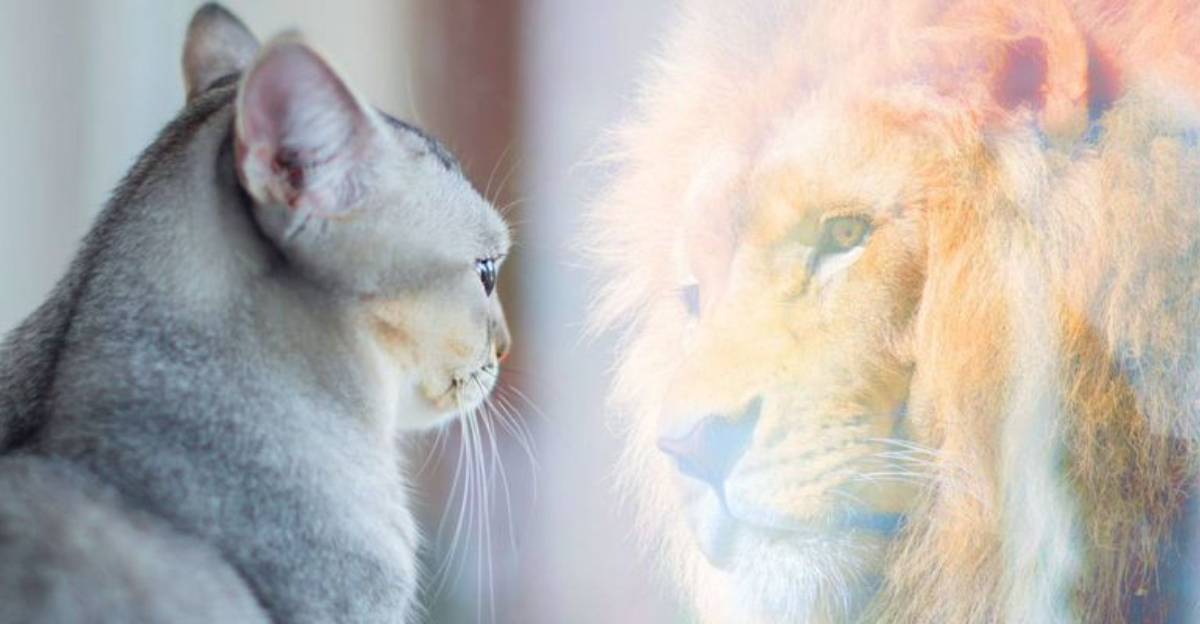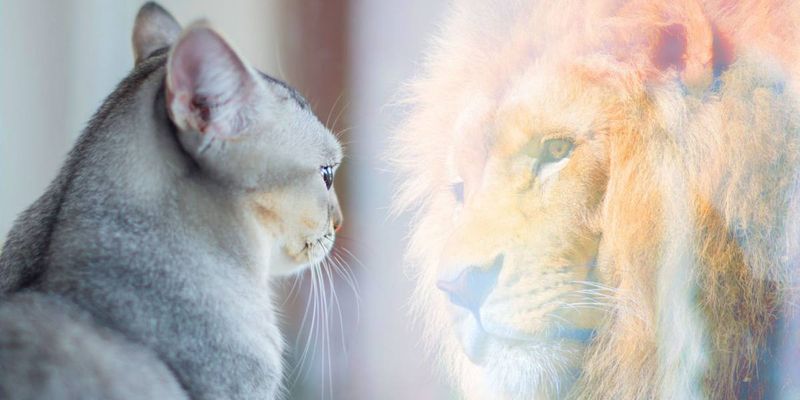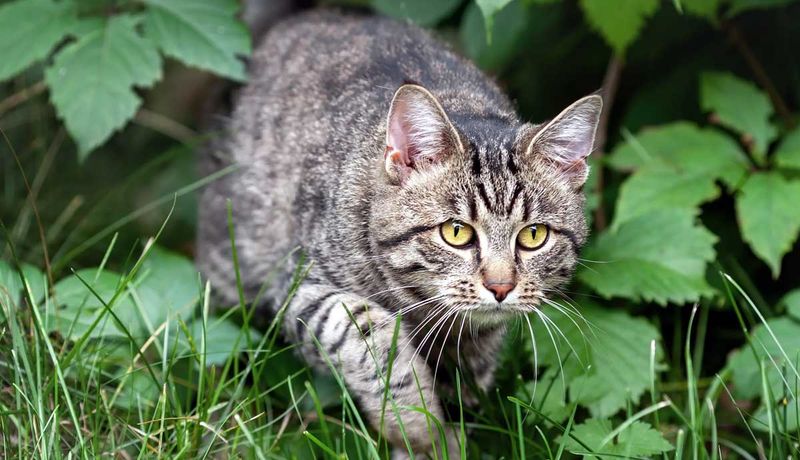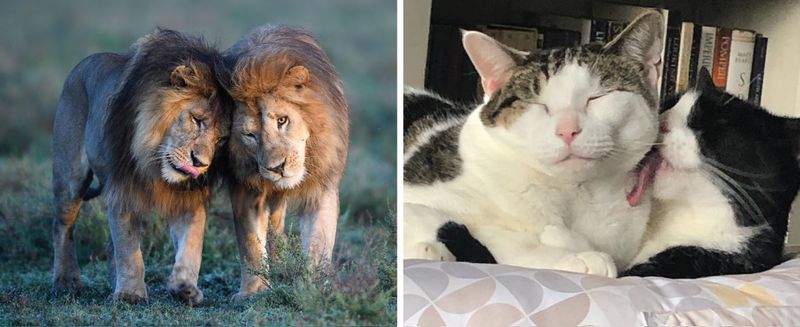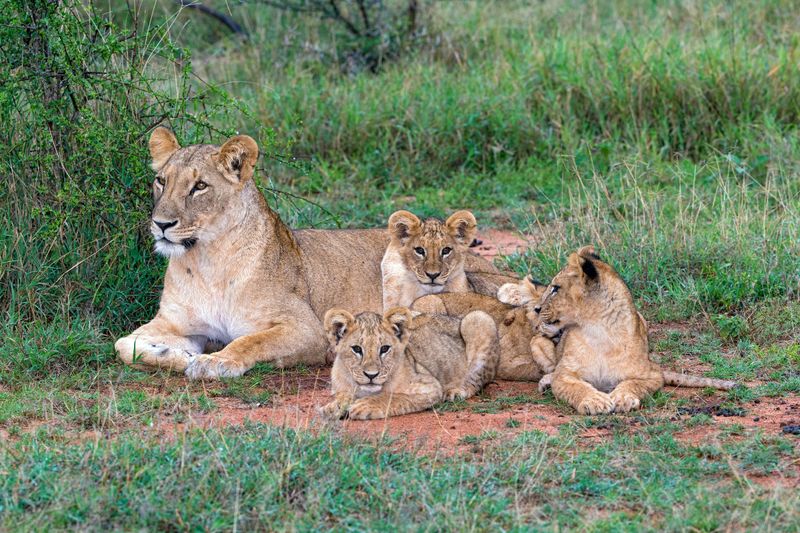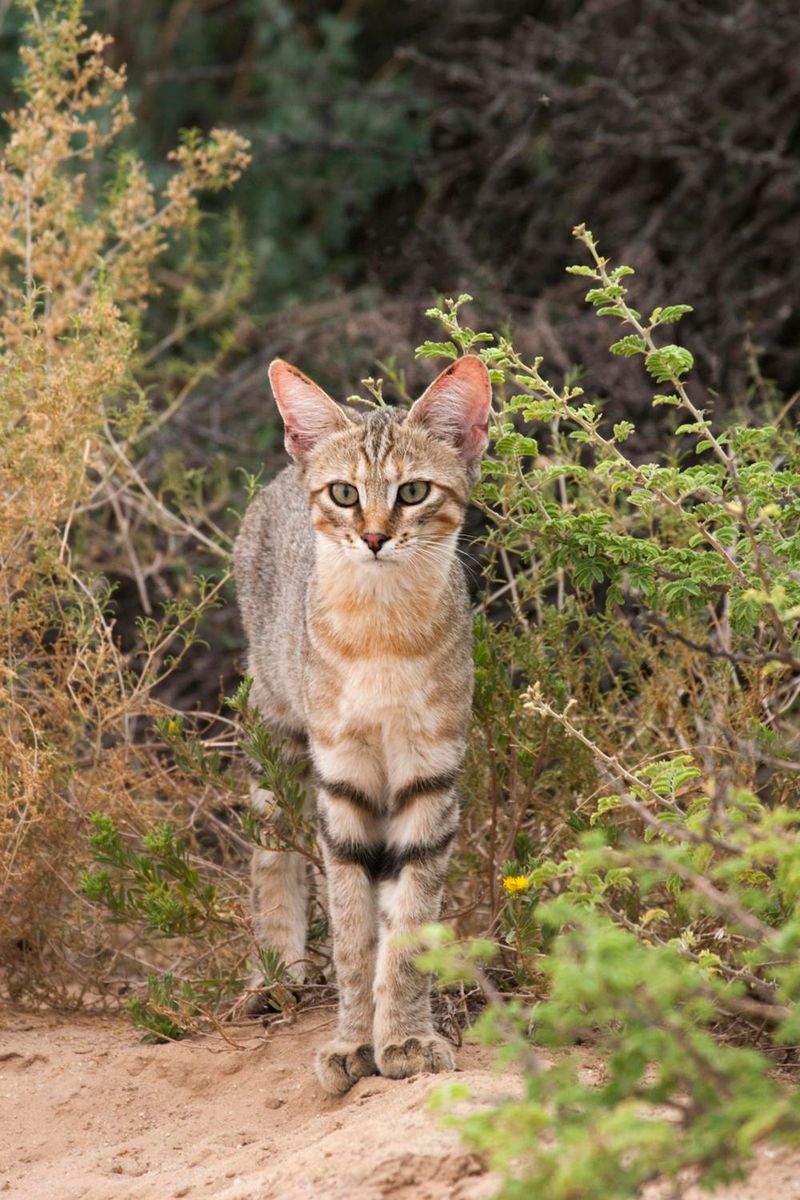📖 Table of Content:
Domestic cats and big cats like lions exhibit significant differences in independence due to unique evolutionary paths, social structures, and environmental adaptations. While domestic cats have evolved from the African wildcat to thrive in proximity to humans, resulting in a more solitary and adaptable lifestyle, lions have developed complex social structures known as prides that necessitate cooperation for survival. This blog post explores why house cats are more independent than their larger counterparts, focusing on various aspects from evolutionary background to parental roles.
1. Evolutionary Background and Social Structures
Domestic cats evolved from the African wildcat about 10,000 years ago, adapting to human settlements. This led to a lifestyle marked by solitude and adaptability. Lions, conversely, developed intricate social structures known as prides. A pride consists of related females, their offspring, and a coalition of males. These social arrangements demand cooperation for hunting and territory defense. Domestic cats thrive in environments where independence is advantageous. Their solitary nature contrasts with the interdependent lifestyle of lions, showcasing distinct evolutionary paths and social dynamics. Big cats, like lions, rely heavily on cooperation, reinforcing interdependence within the pride.
2. Hunting Strategies
Domestic cats are adept solitary hunters, preying on small animals like rodents and birds. Their hunting strategy, characterized by stealth and agility, allows them to operate independently. Lions, however, hunt cooperatively within their prides. They use teamwork to capture large prey such as antelopes and buffalo. This cooperative hunting method necessitates a higher degree of interdependence among pride members. While a house cat can single-handedly catch its dinner, a lion’s success heavily depends on collaboration. Each species exhibits a distinct approach to hunting, shaped by their evolutionary history and social structure.
3. Communication and Territory
Domestic cats employ a range of vocalizations, body language, and scent marking to establish and defend their territories. Their territorial boundaries are typically smaller, in line with their solitary nature. In contrast, lions communicate using loud roars heard over long distances, serving to establish territory and coordinate with pride members. Lions’ larger territories and reliance on group coordination for defense underscore their interdependence. The differing communication styles and territorial behaviors highlight the independent nature of house cats versus the social reliance of lions, reflecting their distinct evolutionary paths and environmental adaptations.
4. Parental Roles
In domestic cats, mothers often raise their kittens alone, imparting essential survival skills. They nurture their young independently, reflecting their solitary nature. Conversely, in lion prides, females cooperate in rearing the young, sharing responsibilities and providing alloparental care. This communal approach enhances cub survival rates and strengthens social bonds. The differing parental roles signify the independence of domestic cats compared to the cooperative dynamics within lion prides. These unique approaches to nurturing reflect broader differences in social structures and evolutionary adaptations between domestic cats and their larger relatives.
5. Environmental Adaptations
Domestic cats have adapted to environments close to humans, where independence is essential for survival. They thrive in varied environments, showcasing adaptability and self-reliance. Lions, in contrast, have evolved to thrive in the African savanna, where cooperative living in prides is crucial for survival. The stark differences in environmental adaptations between house cats and lions highlight their divergent evolutionary paths. While domestic cats showcase versatility and independence, lions emphasize social cooperation and interdependence. These adaptations reflect their unique lifestyles and habitat requirements, underscoring why house cats remain more independent than their larger counterparts.
